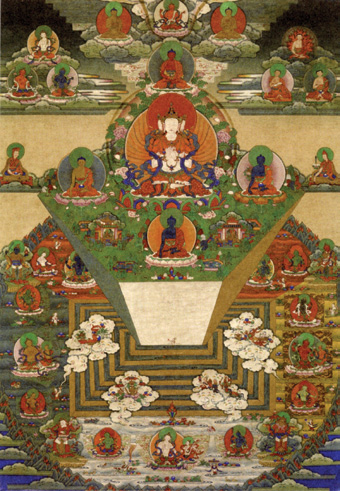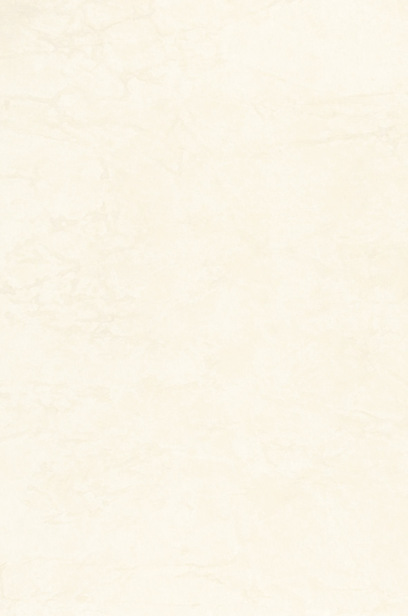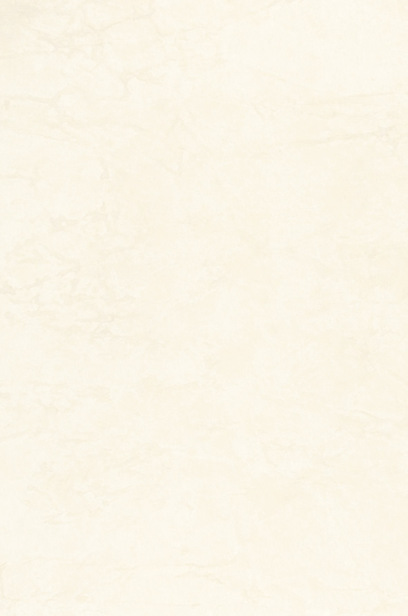An Illustrated Outline of Buddhism: The Essentials of Buddhist Spirituality (36 page)
Read An Illustrated Outline of Buddhism: The Essentials of Buddhist Spirituality Online
Authors: William Stoddart,Joseph A. Fitzgerald
Tags: #Philosophy

Japan
121
v. Summary of Some Buddhist Schools or Sects1
Indian, Chinese, and Japanese
Sanskrit
Chinese
Literal Meaning
Japanese
Avatamsaka
Hua-yen
“Flower Garland”
Kegon
—
Tien-T’ai
“Heavenly Terrace”
Tendai
Vajrayāna
Mi-tsung
“School of Secrets”
Shingon
Dhyāna
Ch’an
“Contemplation”
Zen
Sukhāvatī
Ching-t’u
“Pure Land”
Jōdo
Yogāchāra
Fa-hsiang
“Dharma-Character”
Hossō
..........................................................................................................................
Chitta-matra
Wei-shih
“Consciousness-Only”
Yuishiki
Tibetan
(1) Nyingma
“Red Hats”
(2) Sakya
“Gray Hats”
(3) Kagyü &
................................................................
Karma-Kagyü “Black Hats”
(4) Gelug
“Yellow Hats”
The five
Dhyāni-Buddha
s, Japan, 17th-18th century
Ethnological Museum, Leiden, Netherlands
1 For fuller details see pp. 54-55, 90-91, 101, and 116-117.


122
An Illustrated Outline of Buddhism
T’hanka
of
Mt. Meru and the Buddhist universe, Bhutan, 19th century
A group of people were conversing about the future life. Some
said that fish-eaters would be born into the Pure Land, others
said that they would not. Hōnen overheard them and said: “If it
is a case of eating fish, cormorants would be born into the Pure
Land, and if it is a case of not eating fish, monkeys would be so
born. But I am sure that whether a man eats fish or not, if he
only cal s upon the Sacred Name, he will be born into the Pure
Land.”
Hōnen


123
(21) The Question of Reincarnation
In Buddhism, as in Hinduism, there are elaborate theories regarding
cosmic cycles, “worlds”, “heavens”, and “hel s”. Linked with these is
the doctrine of transmigration—or multiple births and rebirths—fre-
quently referred to as “reincarnation”.
In the modern West, the notion of “reincarnation” has been adopt-
ed by many cultists, who, in the grossest manner imaginable, profess
to believe in it literal y, envisaging a series of human rebirths in this
world. It is true that a literal attitude towards transmigration is also to
be found among the Hindu and Buddhist masses, and indeed such a
belief derives from a literal interpretation of the respective scriptures.
However, the most simple Asian peasant, even if he looks on transmi-
gration literal y, has an infinitely more subtle intuition of the moral
and spiritual implications of this doctrine than the grotesque cultists
of the West. In Asia, a literalist attitude towards transmigration is not
only harmless, but may even be beneficial. The gross “reincarnation-
ism” of renegade Christian pseudo-esoterists, on the other hand, is im-
mensely harmful for themselves and others.
For a Buddhist, a literal belief in transmigration is like a Christian
believing that hell is a fiery furnace down below. It may not be strictly
true—and yet it is not false either, because the image is one which is
adequate to the deeper (and more complex) truth in question and, be-
ing so, has had a salutary moral and spiritual effect for countless gen-
erations.
The point is that elements plucked from one religious imagery
(though in themselves “figures of truth”) are frequently not transplant-
able to another; above al , they cannot be transplanted, without grave
results, from a traditional world into the chaotic modern world, where
there is minimal religious instruction, minimal religious sensibility,
and a minimal will to understand.
The Hindu and Buddhist doctrine of transmigration refers to the
posthumous journeying of the unsanctified soul through an indefinite
series of “peripheral” or “central” (but, quite emphatical y, non-terres-
trial) states: René Guénon often emphasized that “no being of any kind
can pass through the same state twice”. The term “peripheral” is used
to indicate states which are analogous to animals or even plants in this
world, and the term “central” is used to indicate states which are analo-
gous to the human state.

124
An Illustrated Outline of Buddhism
In some respects, transmigration may be regarded as the mytho-
logical analogue of the theological doctrine of purgatory—with the
important difference, however, that, according to the Catholic doc-
trine, a soul in purgatory has definitively retained its “central” state
and is assured of eventual paradise, whereas the final fate of a soul in
transmigration may still be hel . At this point the Aryan and Semitic
eschatologies do not entirely coincide.1
A revealing discrepancy between the Hindu and Buddhist theory
of a succession of births and deaths (for the unsanctified or unsaved
soul) and the fantastical reincarnationism of Western cults is that the
Hindu and the Buddhist strive at all costs to avoid “rebirth” (which
would be “peripheral”, and in another world), whereas the pseudo-es-
oterist imprudently (and il usorily) hankers after a further life or lives
(which he imagines will be “central”, and in
this
world). The Hindu
or Buddhist seeks to escape from the “round of existence”; the impi-
ous heretic longs to remain within it. For the Hindu or Buddhist there
could be no clearer proof of his perversity.
According to the Hindus and Buddhists, the chances of being “re-
born” into a “central” state are minimal; it is said: “The human state
is hard to obtain.” But more than that: the human state, by definition,
is the only escape route from the “round of existence”; it is thus the
threshold of Paradise. To squander this privilege, to miss one’s only
opportunity of salvation, is the greatest possible fol y and tragedy.
*
* *
Linked with transmigration is the doctrine of
karma
(the effect of
past actions). In Christianity, this doctrine is expressed in the verses:
“Whatsoever a man soweth, that shall he also reap” (Galatians, 6:7)
and “Vengeance is mine, saith the Lord, I will repay” (Romans, 12:19).
Buddhism, like the other religions, teaches that reward or retribution
can occur both in this life and posthumously. There is, however, an es-
cape from the inexorable justice of
karma
:
this lies in the saving truth
of the revealed doctrine, and in the saving efficacy of the revealed
means of grace (which are activated by faith and practice).
1 See Frithjof Schuon, “Universal Eschatology”, in
Survey of Metaphysics and Esoterism
(Bloomington, IN: World Wisdom, 1985).


